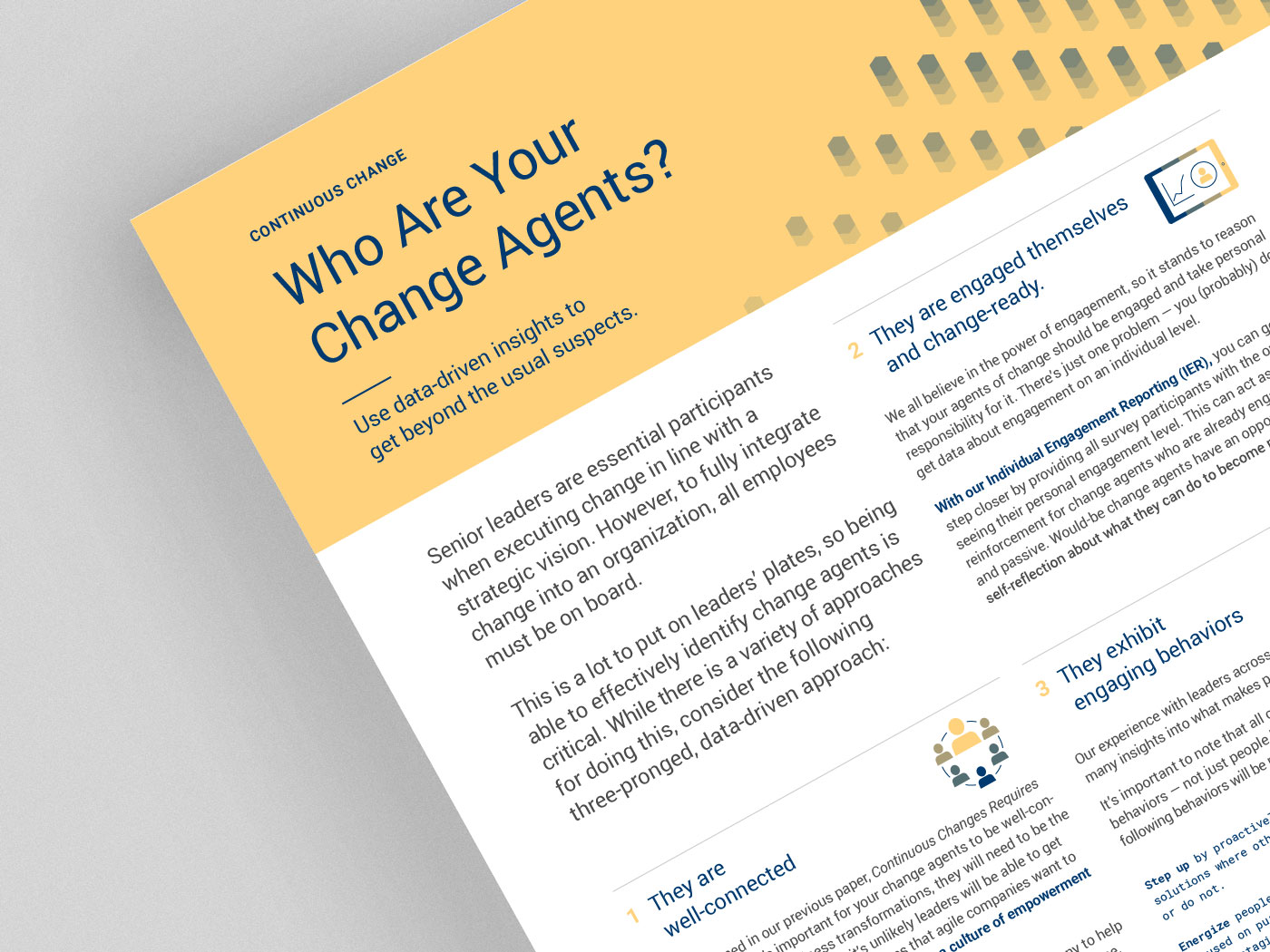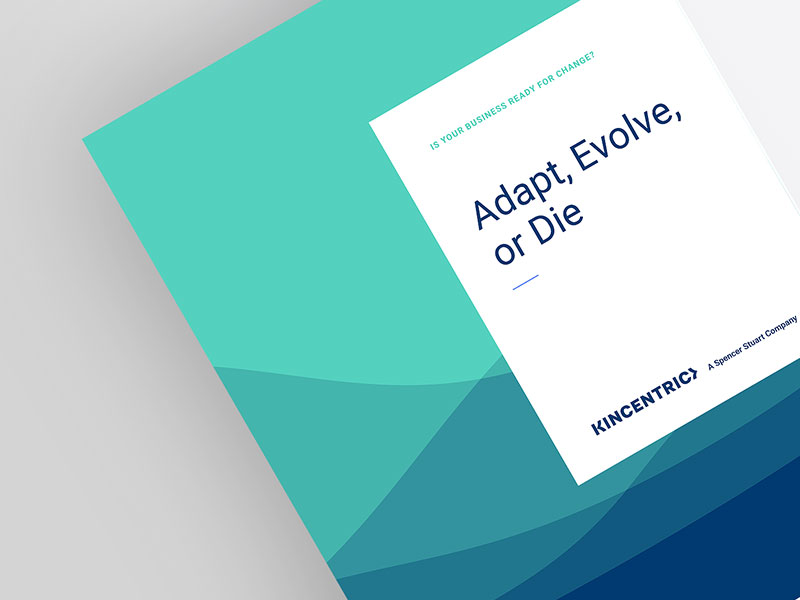
“Adapt, evolve or die.” That advice from the natural world applies to business as well, but it’s often easier said than done. Business disruption, mergers and acquisitions, digital culture, function transformation…is your company ready for change? How can you know for sure?
As companies try to drive growth through innovation in the face of significant technological or digital disruption, change will be unavoidable. Instead of approaching change as a project to be managed, organizations should be embedding enduring change-readiness into their cultural beliefs, decisions, behavioral expectations and capabilities.
Engagement and culture are typically managed as separate projects but have everything to do with managing change. When employees are engaged but exhibit behaviors that will soon be obsolete or when a culture and supporting leadership, programs and infrastructure are aligned with an obsolete business model, it becomes difficult, if not impossible, for companies to make necessary changes efficiently and effectively.
By examining how employee engagement and organizational culture relate to an organization’s success or failure at change, we start to see organizational capabilities that determine an organization’s enduring change-readiness: visionary leadership, decision-making effectiveness and learning agility.
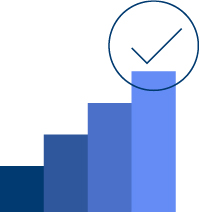 As companies try to drive growth through innovation in the face of significant technological or digital disruption, change will be unavoidable.
As companies try to drive growth through innovation in the face of significant technological or digital disruption, change will be unavoidable.
Kincentric research has found that only 56% of global employees say they understand how organizational changes will affect them; more worryingly, only 65% of executives and senior leaders say that they understand the changes happening in their own companies. Only 51% of employees say that major changes are well managed. A sizable minority — 38% of employees — say they are hesitant or negative about change.
Change readiness requires both individual and organizational readiness: Examining data from Kincentric’s Change Readiness Diagnostic tool reveals where top-quartile organizations excel in these two areas.
In order to engage in different behaviors, individuals need to understand the change coming and why it needs to happen, to have the emotional energy to change and to have the ability and motivation to go through with the change. It’s vital to remember that organizations don’t change – it’s people who change.
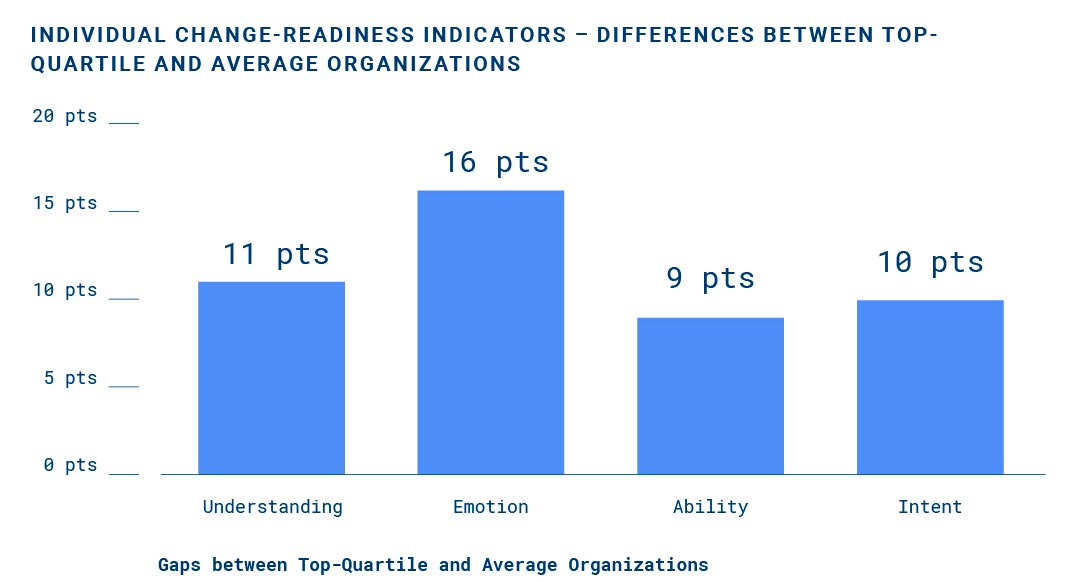
The gaps between Top-Quartile and Average organizations range from 9 points to 16 points across the Individual Change-Readiness Indicators of Understanding, Emotions, Ability, and Intent.
The organization must have several levers aligned and in place to build momentum and embed behavioral change. To build momentum, the organization needs aligned leadership, stakeholder management, inspiring communication, effective training, and change-readiness measurement. To embed behavior change, the organization must have clear structure and decision governance, user-centric tools and processes that facilitate behavior adoption, talent capability and capacity to go through change and rewards and consequences to motivate behavior change. The HR function is uniquely positioned to help the organization in establishing these critical capabilities. But first they need to start from within — establishing an agile organizational structure and HR operating model that can scale and adapt for the future, with embedded change-management capabilities and tools. A change ready HR function can then lead change readiness and help leaders embed it into the broader organization.
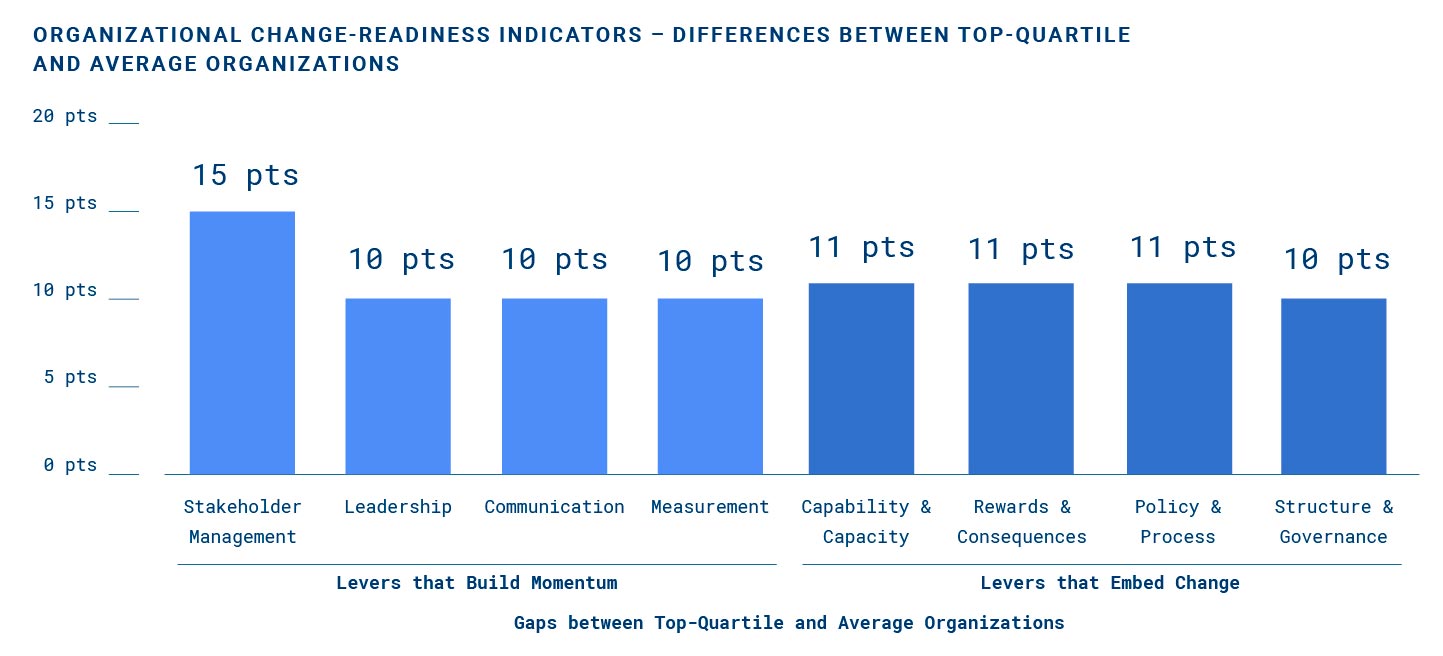
The gaps between Top-Quartile and Average organizations are all 10 points or more with the largest gap of 15 points for the Stakeholder Management indicator.
Examining client results from Kincentric’s Change-Readiness Diagnostic tool reveals some important insights to consider. First, companies that excel at change readiness are better than the average company on all individual and organizational readiness components – so, you can’t just send out a communication or run a training program and be done; effective change management is about much more than that. Second, excelling at many individual and organizational changereadiness areas implies that the most nimble and agile will have embedded these strengths into enduring organizational capabilities. These capabilities will manifest in the culture and the “normal” behaviors in which employees engage to help the company adapt, sustain and evolve through the disruption and transformation most organizations face. These organizational capabilities behind enduring change readiness are visionary leadership, decision-making effectiveness and learning agility.
Leadership is a critical ingredient in culture, engagement and change readiness. Leaders who can inspire employees with a compelling long-term vision and mission underpin a strong culture, high employee engagement and change readiness.
Visionary leadership is crucial in that:
A clear and inspiring direction helps employees appropriately engage – they can explain where the organization is going (Say), want to stick through the transformation (Stay), and exert their energy, passion and effort toward the behaviors that are required (Strive).
It sets a tone for the open/transparent, long-term-oriented, proactive growth-focused cultures found in so many high performing organizations.
Beyond leaders articulating a vision, organizations need inspiring communication and stakeholder management to show visionary leadership and to foster a culture of empowerment and agility for employees across the organization. Are you ready?
The rate of change from digital disruption is happening so quickly that organizations don’t have the luxury of poor or slow decision making — they will just be left behind. Being able to make effective decisions quickly and in an agile way is a key attribute for change-ready organizations.
Decision-making agility is crucial:
It is a prerequisite for employees to engage in value-creating behaviors. Confusing direction or unwinding decisions once they have been made makes employees second-guess where they should place their energy. Strong decision making helps employees commit to a course of action.
It sets a tone for the risk-tolerant, decisive and action oriented cultures seen in many high-performing companies.
Strong decision making is predicated on leadership effectiveness, stakeholder management and empowerment, real-time feedback and data and governance. Are you ready?
In the face of constant change, knowledge of specific skills and rote behaviors will soon be obsolete. The only sustainable capability is knowing how to learn with an openness to adapt. Companies are beginning to use personality assessments to determine a candidate’s learning agility before they are hired or placed in critical leadership roles. This helps predict success in the position for which the candidate is being considered and the likelihood that the candidate can evolve with the company’s future needs. Our HR function assessment tools also assess the HR function’s organizational agility and team member capabilities related to change.
Learning agility is crucial in that:
Development is a critical engagement and retention driver. Employees who can constantly evolve and adapt as things change will stay engaged and may actually thrive in this type of environment.
It is required to create the open, growth-focused and people oriented cultures seen in many high-performing companies.
Learning agility is created by leaders, communication, structure, staffing and rewards.
Are you ready?
“Adapt, evolve or die.” This mantra is now more applicable in the business world than ever. The rate of change is accelerating and those who don’t keep up will be left behind. Regardless of whether change is a merger or acquisition, a disruptive technology, a shift in the competitive landscape or an unforeseen political or economic event, companies that want to have future success need to be change ready.
Organizations can continue to manage change project-to-project, but in an exponentially evolving environment, this project-based approach creates significant risks for ongoing business management. Fortunately, assessing your organization’s change readiness is straightforward through tools like Kincentric’s Change-Readiness Diagnostic tool and Spencer Stuart’s Individual Style Profile assessment personality test. We can also help ensure your HR function is equipped to lead change from within. Companies that measure upfront readiness and risk to change can not only prepare for success on a given initiative, but also start to address the enduring organizational capabilities behind the cultures that constantly lead, evolve and thrive compared to competitors.
 Regardless of whether change is a merger or acquisition, a disruptive technology, a shift in the competitive landscape or an unforeseen political event, companies that want to have future success need to be change-ready.
Regardless of whether change is a merger or acquisition, a disruptive technology, a shift in the competitive landscape or an unforeseen political event, companies that want to have future success need to be change-ready.
How Kincentric Can Help
Many companies can help you measure your culture or the engagement of your employees. Only Kincentric can help you understand the intersection of employee engagement, organizational culture and agility and your company’s change readiness. We understand that elite results require extraordinary talent. We can help you build the right talent for your current and future needs. We will help you develop strong leaders, engage employees and prepare them for change. We can also support you with the right human capital strategy. Finally, given their critical role in all this, we have the tools to assess and lead HR functions through transformation to establish agile teams that can drive organizational change readiness. To learn more about Kincentric’s capabilities, please contact the authors listed on the Contacts page.
Portuguese Translation | Leia em português
German Translation | Lesen Sie auf Deutsch
We would like to thank Michael Martin for contributing his insights to this article.
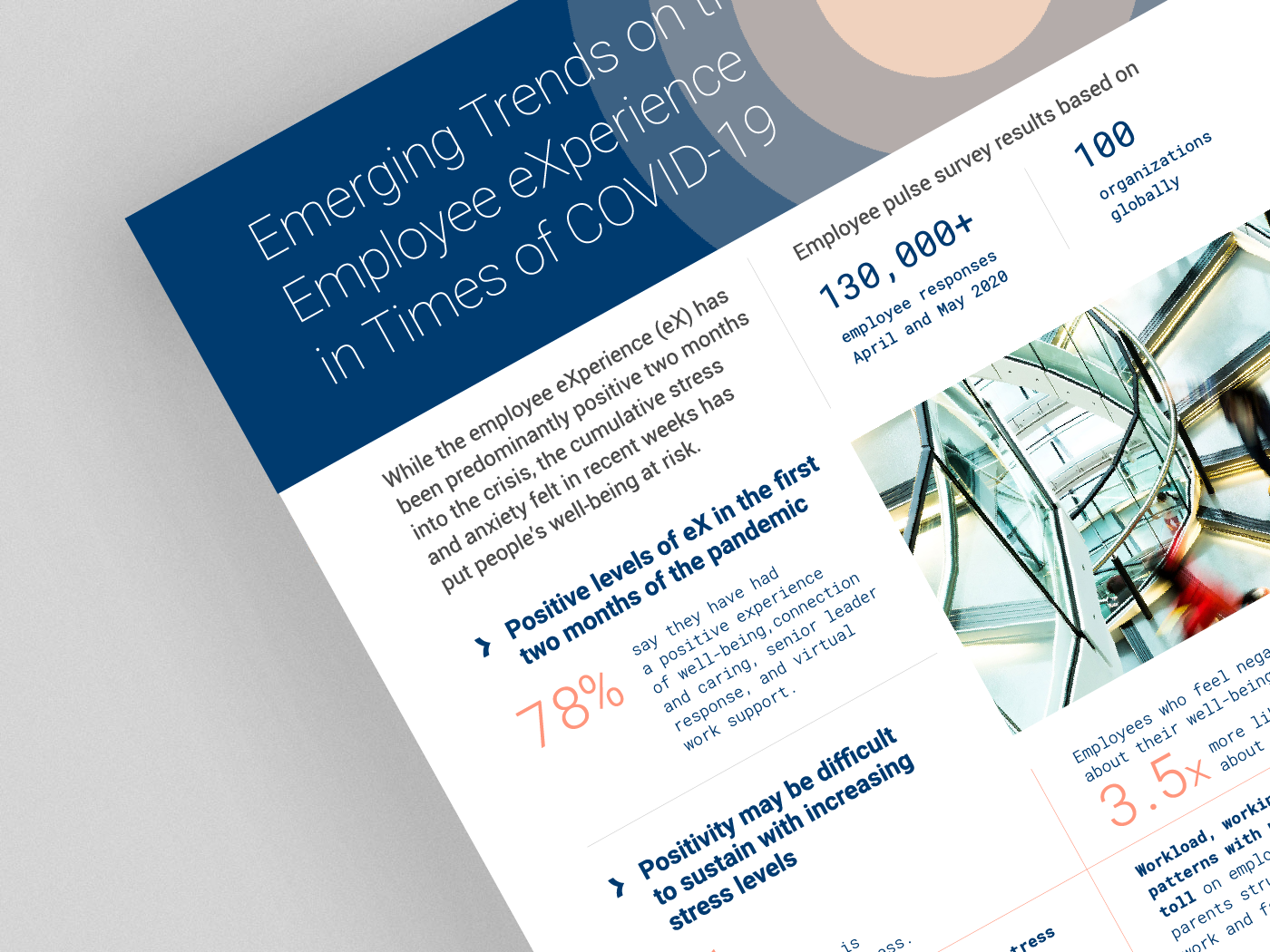
Our April/May employee pulse survey based on over 130,000 employee responses globally reveals that work-related stress is their #1 greatest concern. Discover our infographic with the latest employee eXperience trends.
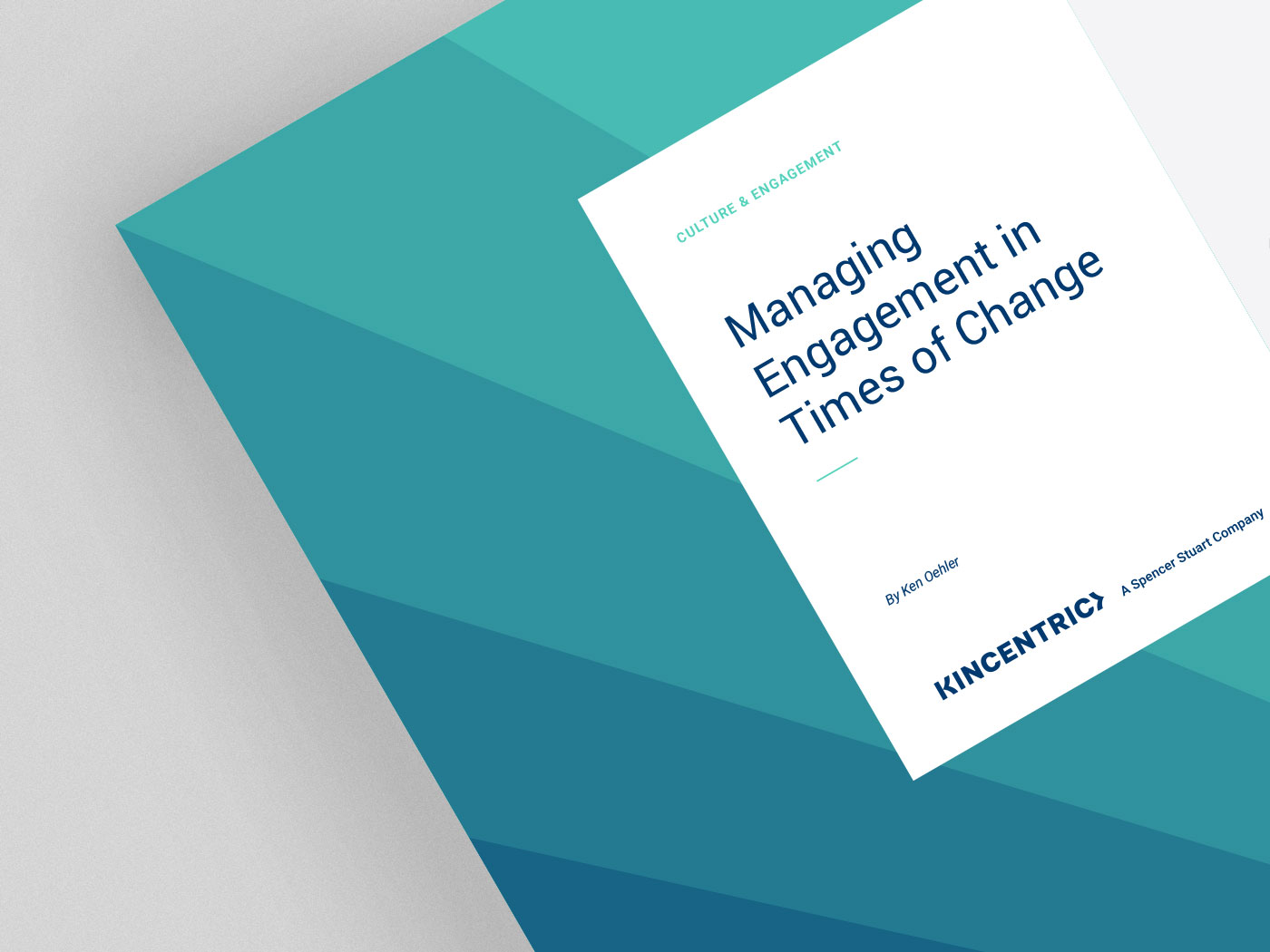
We have identified five tangible steps organizations can use to assess, understand, and take action on the employee engagement levels of employees during organizational change.
Multiple translations are available.
